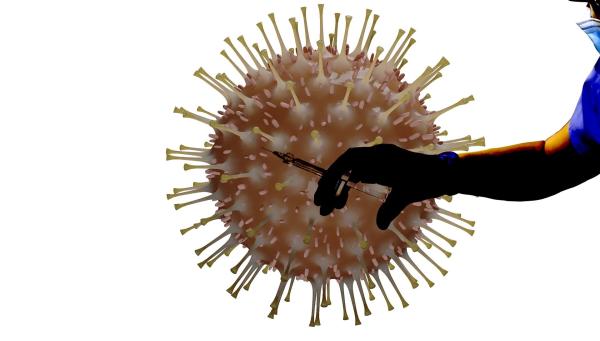As always, the data from this comes from Our World in Data, and it reflects the current data as of May 1st.
 With nearly half of our population partially vaccinated, perhaps a partial victory lap is in order. The significant difference in our results versus the EU can be attributed to the real and perceived difficulties with the AstraZeneca vaccine – and they are the last bright spot on the horizon. Globally we have 7.7% partially vaccinated and a long way to go.
With nearly half of our population partially vaccinated, perhaps a partial victory lap is in order. The significant difference in our results versus the EU can be attributed to the real and perceived difficulties with the AstraZeneca vaccine – and they are the last bright spot on the horizon. Globally we have 7.7% partially vaccinated and a long way to go.

Here is the same graphic showing those that are fully vaccinated. As expected, the percentages are smaller. You can see the advantage of a one-and-done policy for much of the globe, especially those regions that have significant logistical problems with a cold transport chain.
By the way, for the sharp-eyed amongst us – there is no data available from China, so we have no idea how they are doing. China is not acting as a global citizen. Much is being made of the current COVID-19 catastrophe in India. I do not wish to belittle the ongoing tragedy, but I do want to apply a bit of perspective, as the table shows.
|
7-day average on May 1st |
India |
United States |
|
Cases |
392,488 |
44,682 |
|
Deaths |
3,689 |
702 |
|
Case-fatality ratio |
0.93% |
1.57% |
|
Adjusting for population* |
|
|
|
Cases |
282/100,000 |
134.2/100,000 |
|
Deaths |
2.65/100,000 |
2.02/100,000 |
* India has a population of approximately 1,391,271,798; the US 332,915,073
At our peak in the US, on January 11th we had 250,428 new cases when adjusted for our population that gave us 775 cases/100,000. While the chart is correct and India’s actual case count is far higher than ours, the numbers take on different meanings when adjusted for a population.
 That our deaths were not greater, or hospitals more crowded reflects the resilience of our healthcare system.
That our deaths were not greater, or hospitals more crowded reflects the resilience of our healthcare system.




